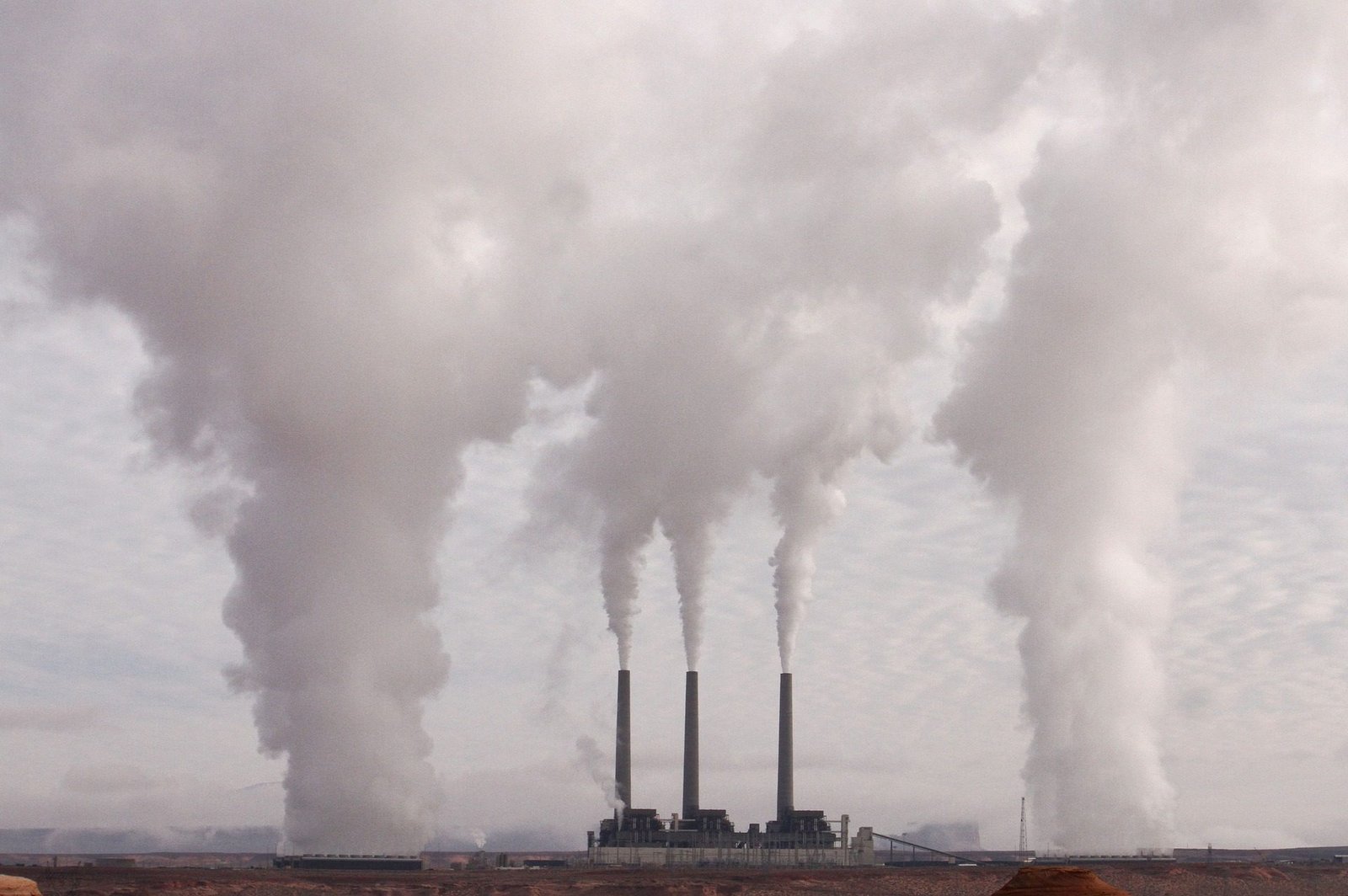By Elliot Scanes:
Humans are currently emitting CO2 faster than has occurred on Earth for millions of years. Currently, atmospheric CO2 concentrations are at their highest point in 800,000 years and don’t look like slowing any time soon. Inevitable global warming as a consequence of the excess CO2 and other pollutants causing the “greenhouse effect” is well established among scientists (despite what politicians might say). This warming of the earth will eventually also cause warming of the oceans, most notably affecting species ranges. But this is not the only way excess CO2 is going to change the world’s oceans. The oceans have already absorbed 40% of the CO2 emitted by humans, and will keep continuing to do so. As CO2 dissolves in seawater, it forms carbonic acid, which, in turn causes the oceans to acidify. So far, oceanic pH (the measure of acidity) has fallen 0.1 units, and is predicted to fall 0.3 – 0.4 pH units by 2100 unless drastic global action is taken to curb emissions.
This small decrease in pH may seem insignificant, however pH is measured on a natural logarithmic scale (for those mathematicians) which means that each unit is an order of magnitude larger than the previous. A 0.3 unit drop in pH means that calcium carbonate, the mineral that all shelled animals shells are composed of, is now soluble in seawater. Predictably, scientists are most concerned about the shelled animals of the ocean like molluscs, crustaceans and cindaria (corals). Investigations by our lab at Western Sydney University have shown that under these scenarios Sydney rock oysters will have difficulty forming their shell, especially in their juvenile stages. These difficulties waste vital energy, which is especially important in an environment where you always need an edge on your competitor. Similar studies have found comparable effects in sea urchins, corals, scallops and almost every shelled animal in the ocean that you can think of.
Many marine ecosystems support hidden biodiversity, those animals too small to see or are just sneaky. Such communities are vital as a source of food for larger predators. We have found that these entire communities can change under ocean acidification. While shelled animals are the focus of a lot of research, studies have shown that ocean acidification’s effects aren’t limited to only them. Research conducted on the Great Barrier Reef has found that under ocean acidification scenarios, clown fish can no longer use their sense of smell to find a suitable place to reproduce. Fish behaviour and their ability to hear predators has also been shown to be altered by ocean acidification. Marine invasive species are also more likely to become more established as other competing species are affected by ocean acidification.
These experiments have all been conducted over a relatively short time frame, surely marine animals will just evolve, right? Well, as previously stated, the rate of current CO2 emissions is unprecedented. The physiological changes that shelled animals will have to undergo to cope with ocean acidification are highly unlikely in the timeframe that they have. And even if whole scale extinctions don’t happen, changes in ecological functioning are almost inevitable. But there is some hope, especially for tolerant animals like oysters. We have now exposed successive generations of Sydney rock oysters to ocean acidification and found that each generation is better at coping than the last. However, like always, this adaptation comes at a cost, we just haven’t worked it out yet. It looks like the life span of oysters is likely to be shortened in this compromise.
Ocean acidification is just one of many challenges that our oceans will face in the future. Unfortunately without a cultural shift away from fossil fuels and deforestation, ocean acidification is going to happen. The best we can do, is to continue to study the effects on our marine life. Understanding how they may be affected is the first step in a larger process of trying to manage these changes for the future.
Elliot Scanes, PhD Candidate, Western Sydney University.
IMAGE: Richard Ling – Great Barrier Reef



